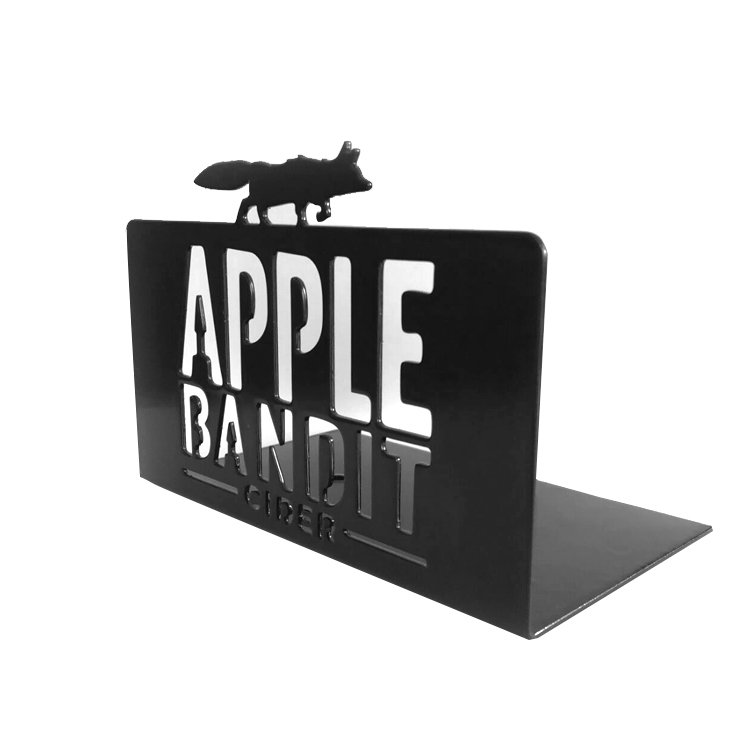
Advantages and Disadvantages of Laser Cutting Process
Laser cutting is an efficient and high-precision metal cutting process widely used in the sheet metal manufacturing industry. It utilizes a laser beam to thermally cut metal sheets, offering many advantages while also having some drawbacks. Below, we will detail the advantages and disadvantages of laser cutting technology.
Advantages:
1.High Precision: Laser cutting achieves extremely high cutting precision, enabling precise cutting of metal sheets with smooth edges and minimal burrs, suitable for products requiring high cutting accuracy.
2.Non-contact Processing: Laser cutting is a non-contact processing method where the laser beam directly acts on the metal surface, avoiding mechanical deformation or damage to the workpiece, thus preserving the integrity of the workpiece surface.
3.Wide Applicability: Laser cutting is suitable for various metal materials, including steel, aluminum alloys, stainless steel, and non-metallic materials such as plastics and wood, exhibiting strong versatility.
4.Fast Cutting Speed: Laser cutting operates at high speeds, efficiently completing large volumes of cutting tasks, enhancing production efficiency, and shortening processing cycles, making it suitable for mass production.
5.High Automation: Laser cutting systems can be integrated with automation equipment to realize automated production lines, improving production efficiency, reducing labor costs, and meeting the demands of modern manufacturing.
6.No Need for Cutting Dies: Unlike traditional cutting methods such as punching and waterjet cutting, laser cutting does not require cutting dies, saving time and costs in die manufacturing, making it suitable for small-batch, multi-variety production.
7.Strong Flexibility: Laser cutting can achieve cutting of complex shapes, allowing free cutting according to product design requirements, exhibiting high flexibility and adaptability.

Disadvantages:
High Equipment Costs: Laser cutting equipment entails high investment costs, along with high maintenance and operation costs, requiring a certain level of capital investment from manufacturing companies.
Thickness Limitations: Laser cutting has certain limitations on cutting thickness compared to other cutting methods, with limited cutting capabilities for thicker metal sheets.
High Environmental Requirements: Laser cutting requires a relatively clean production environment, demanding high standards for workplace cleanliness and necessitating certain safety precautions.
High Energy Consumption: Laser cutting consumes a significant amount of energy, especially in high-power laser cutting, leading to considerable pressure on the environment and energy resources.
High Operational Skill Requirements: Laser cutting operators need to possess high technical proficiency and operational experience, mastering equipment operation and process parameter adjustment to ensure cutting quality and safety.
Heat Affected Zone (HAZ): Laser cutting generates a heat affected zone in the cutting area, which may cause issues such as metal distortion and hardening, affecting cutting quality.
In summary, laser cutting technology offers high precision, efficiency, and versatility, but also presents drawbacks such as high equipment costs, thickness limitations, and high environmental requirements. When selecting cutting processes, it is essential to consider product requirements and production conditions comprehensively, choosing the most suitable cutting method to achieve optimal processing results and economic benefits.


